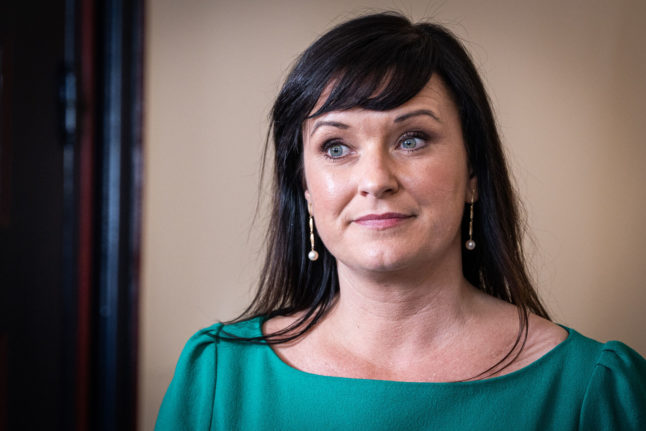One recent morning, Luisa woke up, bright and early. Grin on her mouth but snot plastered every where else. Babies get sick. Babies get colds. Babies get runny noses and I happen to have just the thing to clear that up: Breast milk.
When I was pregnant, I was given all sorts of tea-related advice on cures for my common pregnancy ailments. Fennel tea for digestion. Chamomile tea for leg cramps. A specially blended pregnancy tea for general well being. For babies, the Germans rely on good old fashioned Muttermilch.
Yes, to cure all that ails that tiny tummy (and other mini body parts), mum’s boobs have the answer.
To say that nursing is encouraged here in the Fatherland would be an understatement. Even the makers of formula acknowledge on their packaging that, “Breastfeeding is the best way to feed your baby.”
There is even the government-funded German National Breastfeeding Institute (Nationale Stillkommission) whose responsibility is to ensure that all mothers have the facts and resources they need to successfully breastfeed.
Could you imagine if US First Lady Michelle Obama tried to implement something like that in America? She had enough troubles merely promoting the idea of breastfeeding. So many US blogs I read often talk about breastfeeding, but always with the caveat that “breastfeeding is the best choice for me and my family.”
But in Germany I have learned that breast milk cures more than just baby hunger. Six months in, I wouldn’t be surprised if I were told my chest contained the proverbial fountain of youth.
As Luisa went through her first growth spurt, she went through her first gas pains. Not to worry, my midwife said, and told me to offer her the breast. As the milk goes through her system, it would literally push the gas out the other end. Breastfeeding also relieves me of worrying about Luisa’s, ahem, “output”. As long as she was solely breastfed, anything was normal and I wasn’t to worry about it.
At four weeks, Luisa came down with a case of baby acne. I wasn’t about to swab her face with Clearasil, but I was concerned about this pile of bumps appearing on her smooth cheeks. What does my midwife recommend? Simply use Muttermilch as a cream and dab it on the worst spots as often as I liked. I’m not actually sure if it was the breast milk, but the acne cleared up within a week.
Breast milk also has healing properties. “Toe-curling pain,” was what one friend warned me to expect during the first 10 days of baby latching on to very sensitive spots to nurse. And as my nipples cracked, my toes curled.
But as we left the hospital, a doctor had reminded me that breast milk was an excellent nipple cream and “it’s safe for baby too,” she said with a smile.
Canadian Sara Read even discovered that breast milk could help with a stubborn umbilical chord. “My midwife told me to apply breast milk to Annika’s umbilical chord stub to help it come off,” she said, adding that she was sceptical at first.
“I only did it half-heartedly and when it wasn’t gone after a couple weeks, my midwife grabbed my boob, squeezed out some milk onto a q-tip, applied it to the umbilical stub and — pop! — within a matter of seconds she had worked it off with the milk-soaked swab.”
English mum Rachel Fox was told breast milk would help clear up her eldest child’s gooey eye.
“He had a sticky eye infection and [the midwife] had us squirting breast milk directly into his poorly eye,” she told me. “I was quite shocked initially, but it did the trick. A few days later the infection was gone. Not a chemist in sight!”
Not just eyes, but ear infections can also be cured with a good squirt of the white stuff. In fact, breast milk is a great substitute for antibiotic ointment. Cuts and scrapes heal much faster with a little bit of Muttermilch applied to them. And when a baby’s sensitive bum goes red, there is no need to reach for creams with all sorts of chemicals; just rub on some breast milk, allow to air dry and carry on.
Adults with scrapes, cuts, burns, dry skin, acne and cold sores can also benefit from the application of breast milk. Allegedly warts, insect bites, chicken pox and eczema too.
But back to Luisa’s runny nose. I’ve used my Muttermilch many times to clear up her little nose. While it’s effective, there is one problem: The application. I’ll leave you to think about the mechanics.



 Please whitelist us to continue reading.
Please whitelist us to continue reading.
Member comments